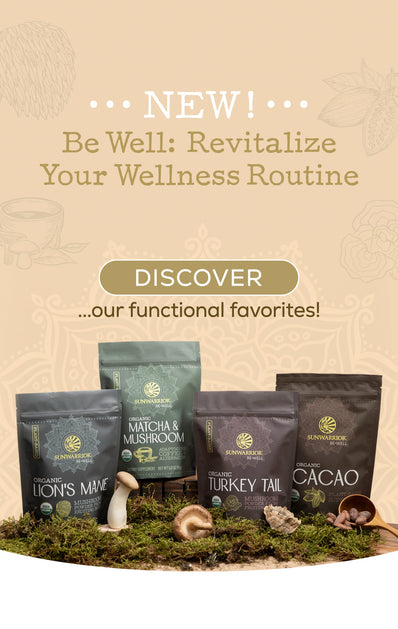Reading ingredient labels at the grocery store can make you feel like you need a degree in biochemistry. There are a lot of big, fancy words used, and it’s hard to know when it’s a bad ingredient or not. Now, I don’t suggest you go out and buy a bunch of packaged food, but we all do it from time to time, and when we do choose to buy something packaged, we should be able to read the ingredients and know exactly what we are buying. Here are some common ingredients found in packaged food that you should avoid.
 BPA: You may have heard of BPA; it’s a plastic commonly used in bottles or as a liner for tins or cans. It’s also a hormone disruptor that can cause all sorts of chaos in our bodies! Even cans labelled BPA free have had to replace that BPA with something and that may be just as bad (BPS, for instance). Play it safe and go for the fresh veggies instead of tinned ones.
BPA: You may have heard of BPA; it’s a plastic commonly used in bottles or as a liner for tins or cans. It’s also a hormone disruptor that can cause all sorts of chaos in our bodies! Even cans labelled BPA free have had to replace that BPA with something and that may be just as bad (BPS, for instance). Play it safe and go for the fresh veggies instead of tinned ones.
Sulfites: Some of the common names include sulfur dioxide, sodium sulfite, and potassium bisulfite. They are additives used as an antioxidant and anti-browning for food and tend to be added to pre-cut packaged vegetables, wine, and processed foods. Unfortunately, these ingredients can trigger allergic reactions with symptoms including asthma attacks and nausea.
BHA and BHT: These are preservatives added to many foods, including cereal, oils, and whole wheat floured goods. They can damage the liver and kidneys, may be carcinogenic, and have been linked to birth defects in animals.
Parabens: Although more commonly known as an ingredient in cosmetics, you can find parabens in food as a mold and yeast inhibitor. When ingested (or absorbed through the skin) they mimic estrogen and disrupt hormonal balance.
Nitrates: Common names include sodium nitrate and potassium nitrate. It’s added to cured meats as a color preserver. When mixed with your stomach saliva, it can create nitrosamines which are potential carcinogens.
Hydrolyzed vegetable protein: This is made of chemically broken down amino acids and this process forms glutamate. This glutamate, when ingested, will combine with sodium in your body, becoming monosodium glutamate (MSG). The MSG formed in your body will cause the same symptoms as if you ate MSG in your food: headaches, nausea, and bloating.
 Caramel coloring: It can be found in dark soft drinks, whole grain bread, and crackers. First, the coloring is derived from common allergens including dairy, wheat, and corn. Second, the food industry usually adds ammonia which is carcinogenic.
Caramel coloring: It can be found in dark soft drinks, whole grain bread, and crackers. First, the coloring is derived from common allergens including dairy, wheat, and corn. Second, the food industry usually adds ammonia which is carcinogenic.
Brominated vegetable oil (BVO): Chances are, you haven’t heard of BVO, but it’s a nasty ingredient still allowed in Canada and the USA so you should be on the lookout for it. It’s an emulsifier and is often used in soft drinks. It can also be found in bakery items and fresh pasta. BVO is made of bromine, a corrosive and toxic compound. The bromine will compete with iodine in our bodies, causing an iodine deficiency and affecting our thyroid. When this happens the symptoms can range from fatigue and headache to heart and kidney disease.
I’m going to finish with a special mention for sugar. We all know that eating too much sugar is bad for us, right? Well, food manufacturers know that too and are using lots of different terms to hide sugar in their products. Look for corn syrup, sugar, citric acid, sucrose, sodium citrate, monoglycerides, fructose, ascorbic acid, concentrated pear puree, and natural flavor, among others.
Now that you know some ingredients to avoid, become a super stealthy label reader, and happy grocery shopping!





